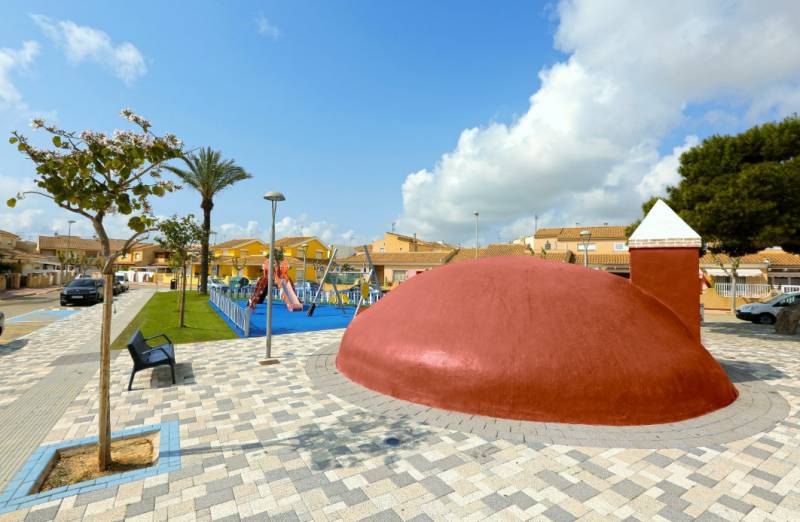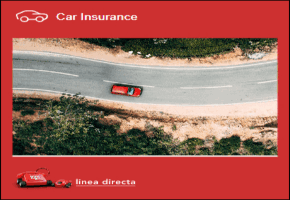

Guidelines for submitting articles to Los Alcazares Today
Hello, and thank you for choosing Los Alcazares.Today to publicise your organisation’s info or event.
Los Alcazares Today is a website set up by Murcia Today specifically for residents of the urbanisation in Southwest Murcia, providing news and information on what’s happening in the local area, which is the largest English-speaking expat area in the Region of Murcia.
When submitting text to be included on Los Alcazares Today, please abide by the following guidelines so we can upload your article as swiftly as possible:
Send an email to editor@spaintodayonline.com or contact@murciatoday.com
Attach the information in a Word Document or Google Doc
Include all relevant points, including:
Who is the organisation running the event?
Where is it happening?
When?
How much does it cost?
Is it necessary to book beforehand, or can people just show up on the day?
…but try not to exceed 300 words
Also attach a photo to illustrate your article, no more than 100kb

The Aljibe Colorao in Los Alcazares
An old Moorish water cistern which was used to feed people and cattle in medieval Los Alcázares
 “Aljibe” is an Arabic Word inherited by Spanish from the period of Moorish rule which ended almost 800 years ago in the Region of Murcia, and refers to a water tank or cistern which generally contains drinking water.
“Aljibe” is an Arabic Word inherited by Spanish from the period of Moorish rule which ended almost 800 years ago in the Region of Murcia, and refers to a water tank or cistern which generally contains drinking water.
Given the strong Moorish connections of Los Alcázares – the name of the town is derived from the Arabic for “fortresses” or “palaces” – and the dry climate of south-eastern Spain, it is not surprising to find such structures in the municipality, and one of them is the Aljibe Colorao (or “red aljibe”). It is known that there were as many as 11 of them here in the Middle Ages, all belonging to the council of Murcia, for use by those working in the fields and those passing through – in the case of transhumance cattle farmers, this included their livestock.
The Aljibe Colorao can be found in the square named after it (click here for map) while others in Los Alcázares include the Aljibe del Rame, the Aljibe de Los Muñoces and the Aljibe de Los Lorenzos.




